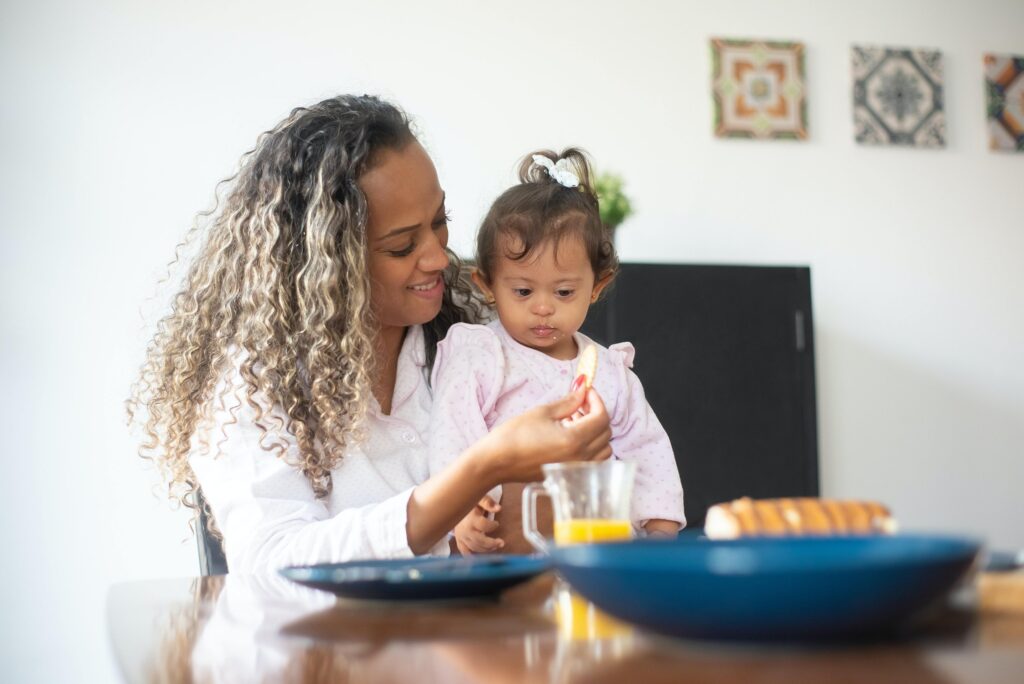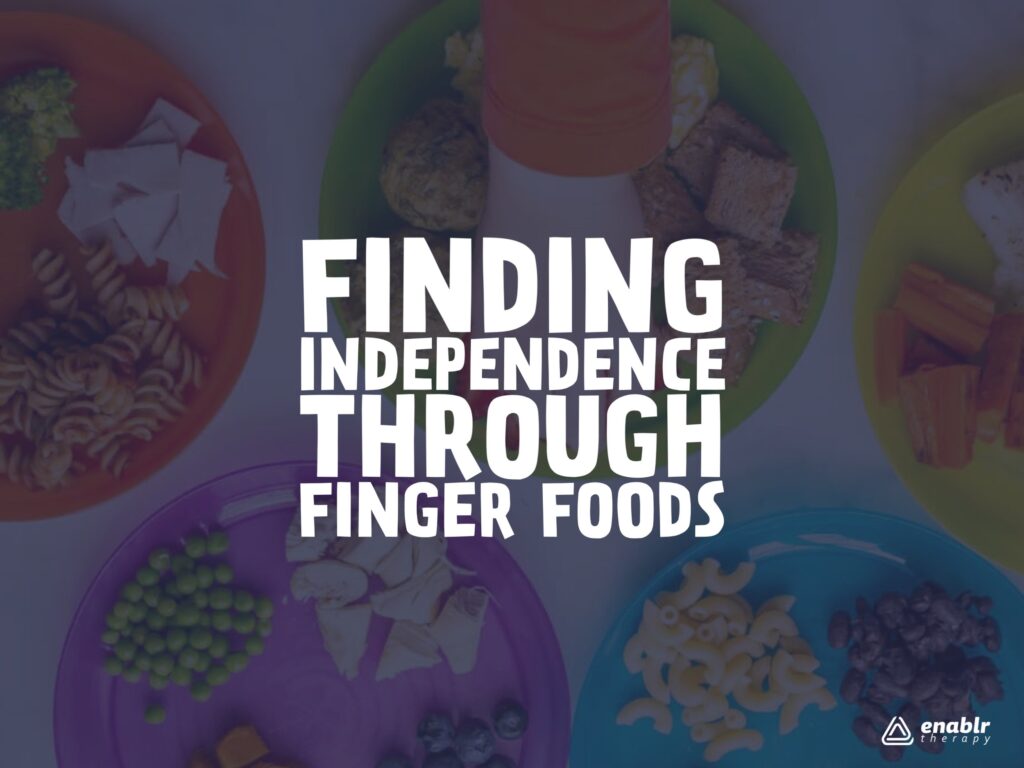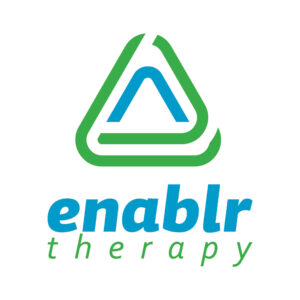
Did you know that we start to learn to feed ourselves as early as three months old? In fact, at three months old, it is typical for a child to start bringing their hands to their mouth, which will eventually lead to the child bringing food to their mouth. Parents can help to promote this independence of feeding with finger foods.
Introducing Solid Foods
There are three main approaches to introducing your child to solid foods- Baby-Led Weaning, Spoon Feeding, or a combination of the two. Typically finger foods are introduced about 6 months old when a baby can sit up without support, has good head control, shows interest in food, is able to grasp objects and bring to their mouth, and is able to safely swallow pureed and mashed foods.
Solid foods typically do not need to be introduced in a particular order, but it is important to only introduce a single food at a time. Monitor for food allergies for a few days between each new food. Talk with your child’s doctor if you have any concerns about food allergies or sensitivities.
What to Avoid
When first introducing finger food, ensure that each piece of food can be squished between your fingers before giving it to the child to reduce the risk of choking. Hard foods like apples or carrots should be cooked to soften them. Cylindrical and round foods like grapes, berries, beans, and string cheese should be cut into thin strips or pieces so that they are no longer round and can not block the airway.
Allow your child to explore the finger foods. They may get more food on their bib or the floor than in their mouth but that is okay. “Playing” with food is an important learning activity for your child as they experience different smells, tastes, and textures that helps to develop their sensory system, fine motor and oral skills.
Healthy Finger Foods
Below are some age-appropriate, healthy finger foods for children to explore.
(Note: finger foods should only be introduced after pureed food is mastered- usually around 6-9 months- and with pediatrician approval.)
Fruits
Apples (cooked)
Strawberries (cut into quarters or smaller)
Blueberries (cut into halves or quarters)
Oranges (peeled and cut)
Bananas
Watermelon
Avocado
Vegetables
Broccoli (steamed)
Peppers (steamed)
Zucchini (steamed)
Asparagus (steamed)
Cucumber
Sweet potatoes (cooked and cut small)
Squash (cooked and cut small)
Carrots (cooked and cut into thin strips)
Grains
Waffles/Pancakes
Toast
Rice balls (easier to grab)
Whole wheat pasta
Protein
Eggs (sliced or scrambled)
Chicken and Turkey (sliced, chopped, or ground)
Black beans (cut in half or able to be squished)
Hummus with veggies
Cheese slices (cut into then strips)
There are developmental milestones related to grasp, coordination, chewing and swallowing that a child typically meets as they learn to self-feed. Monitoring milestones can give insight into your child’s skill level and may help to identify any potential concerns. However, please note, each child is unique and may progress at a different rate or even skip a milestone all together.

Milestones For Self-Feeding:
-
Brings hands to mouth (by 3 months)
-
Uses palmar grasp, holding it in the palm of the hand (by 6 months)
-
Transfers object from one hand to the other (6 months)
-
Holds a bottle in both hands (6 months)
-
Lateralizes tongue to push food from side of mouth to center of the mouth (7-8 months)
-
Pulls food off of a spoon using full lip closure (7-9 months)
-
Rakes food with fingers to bring food to self (7-10 months)
-
Uses pincer grasp to pick up food between the index finger and the thumb (by 9 months)
-
Pokes at food with the index finger (10-12 months)
-
Starts to lick food off of mouth (10-12 months)
-
Controlled biting and chewing (12 months)
-
Holds a spoon using the entire hand (12-14 months)
-
Chews firmer foods and foods that produce juice (12-15 months)
-
Brings food from plate to mouth with a utensil (between 13-15 months)
-
Moves tongue around mouth to gather bits of food (16-24 months)
-
Uses utensils efficiently (24-36 months)
-
Drinks from open cup without spilling (24-36 months)
-
Sensory Tolerance: The child tolerates having food on their hands, face, and tongue and eats a wide variety of foods. See Enablr’s blog on picky eaters vs problem feeders for more information on this topic.
If you feel your child is having difficulty with self-feeding and the tasks associated, schedule an appointment to talk with one of our certified therapists. Enablr Therapy has highly qualified Occupational and Speech Therapists that specialize in these areas and would love to help.
References
CDC. (2021, August 24). When, What, and How to Introduce Solid Foods. Retrieved November 4, 2021 from https://www.cdc.gov/nutrition/infantandtoddlernutrition/foods-and-drinks/when-to-introduce-solid-foods.html
SOS Approach to Feeding (n.d.). Developmental Milestones. Retrieved on November 4, 2021 from https://sosapproachtofeeding.com/developmental-milestones-free/
White, J. (2019, November 11). When to Introduce Solid Food to Your Baby. Very Well Family. Retrieved November 4, 2021 from https://www.verywellfamily.com/when-to-introduce-solids-baby-food-guidelines-284332



